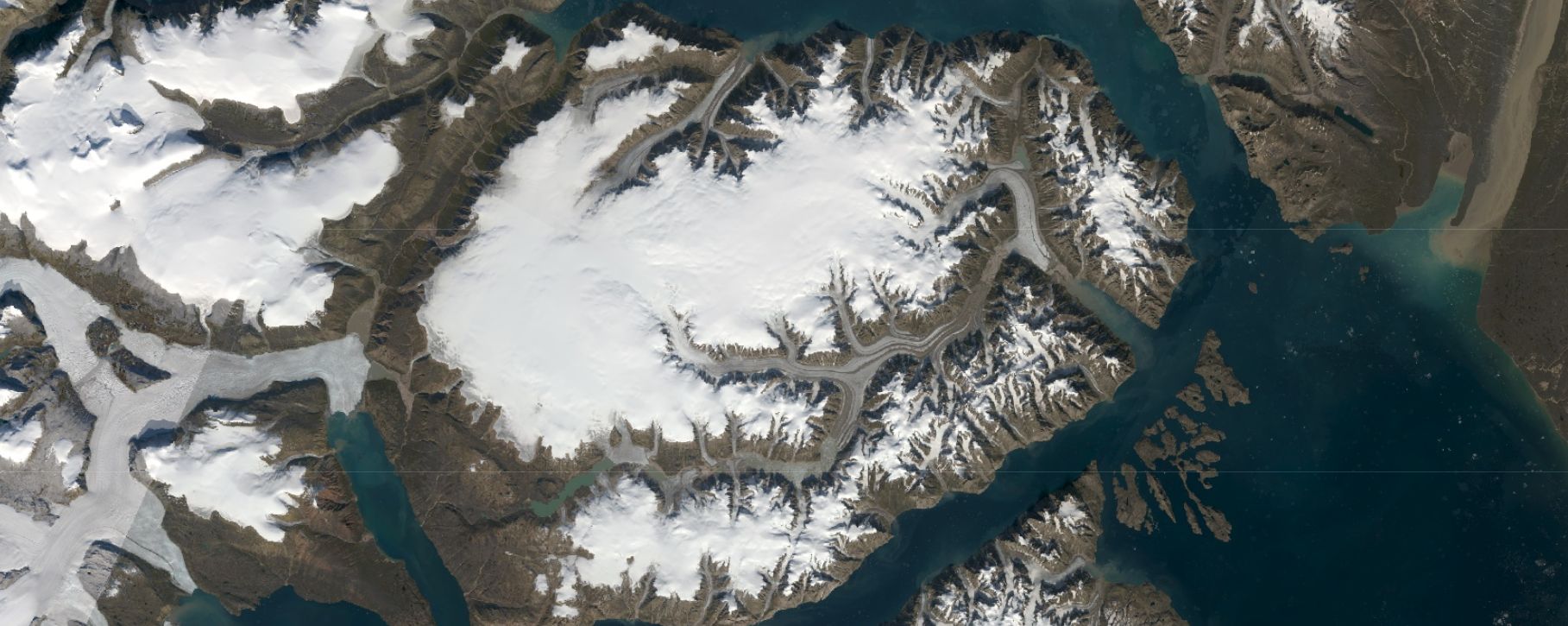Abstract
To assess the amount of ice volume stored in glaciers or ice caps, a method to estimate ice thickness distribution is required for glaciers where no direct observations are available. In this study, we use an existing inverse method to estimate the bedrock topography and ice thickness of the Renland Ice Cap, East Greenland, using satellite-based observations of the surface topography. The inverse approach involves a procedure in which an ice dynamical model is used to build-up an ice cap in steady state with climate forcing from a regional climate model, and the bedrock is iteratively adjusted until the modelled and observed surface topography match. We validate our model results against information from airborne radar data and satellite observed surface velocity, and we find that the inferred ice thickness and thereby the stored total volume of the ice cap is sensitive to the assumed ice softness and basal slipperiness. The best basal model parameters for the Renland Ice Cap are determined and the best estimated total ice volume of 384 km3 is found. The Renland Ice Cap is particularly interesting because of its location at a high elevation plateau and hence assumed low sensitivity to climate change.
